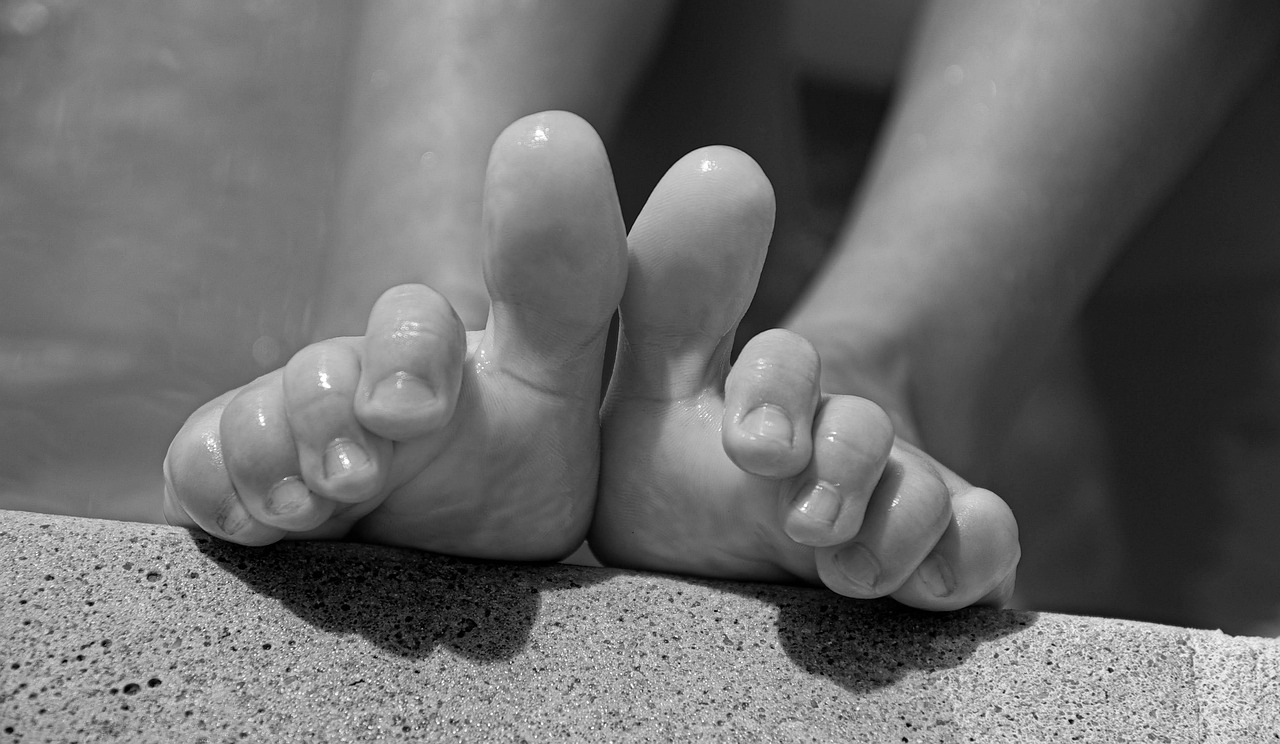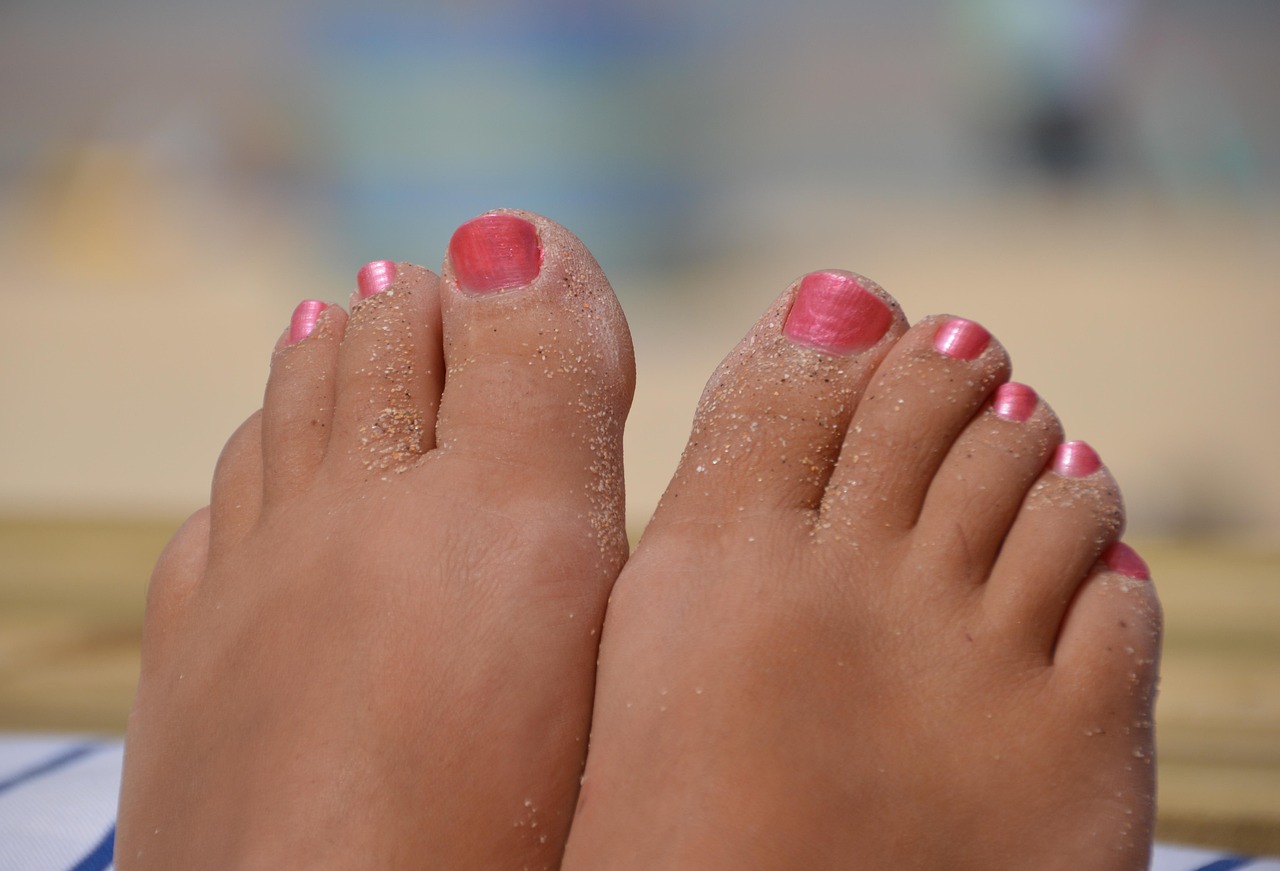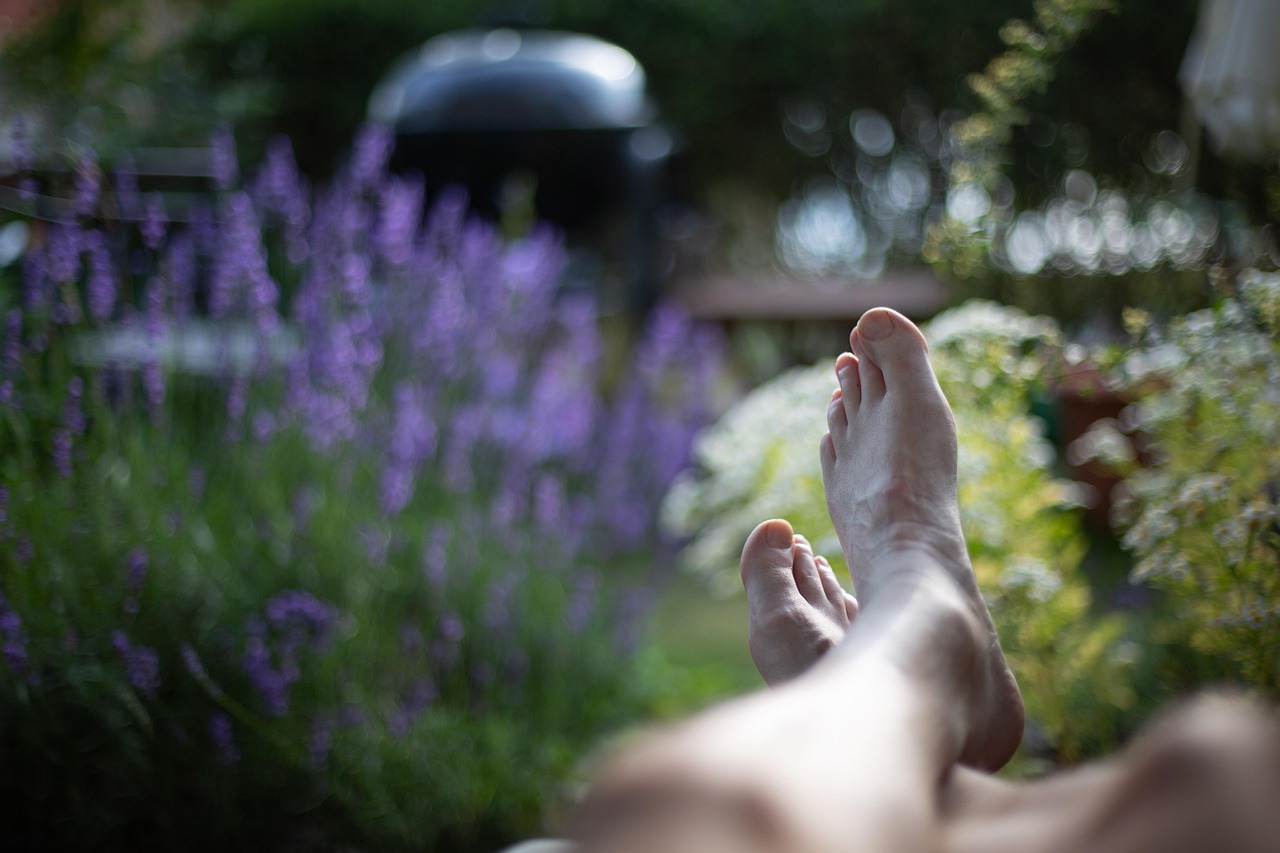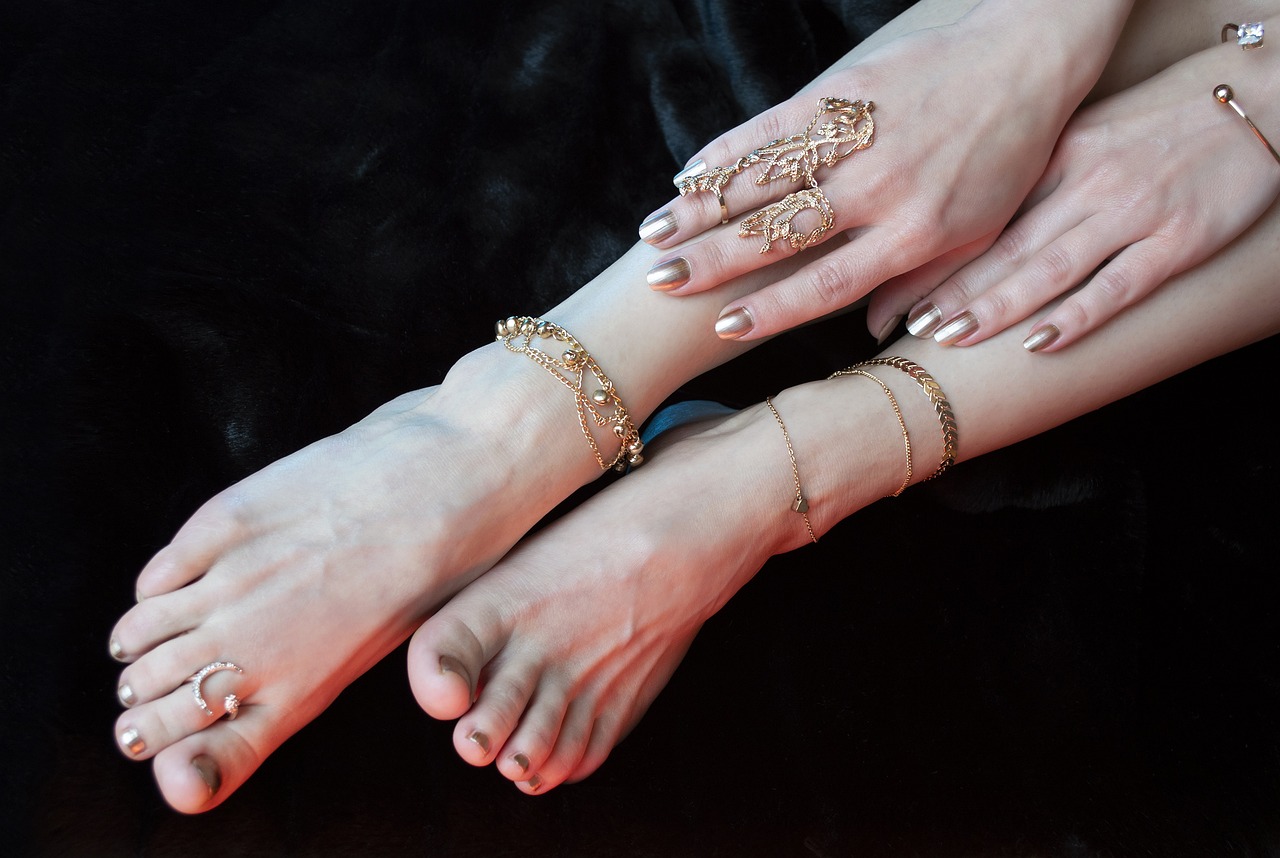Because your heels feel every surface.
Ever noticed that your heels get worse after staying in certain places — like a house with tile floors, or a job where you’re on concrete all day? You’re not imagining it. The type of flooring beneath your feet can absolutely impact how dry or cracked your heels become.
In this article, we’ll explore why some floor types accelerate heel dryness and cracking, the science behind friction and pressure, and how to protect your feet no matter where you walk — with help from The Beauty Pure.
Table of Contents
Toggle🦶 First, What Causes Cracked Heels?
Before we look at flooring, let’s quickly recap what makes heels crack in the first place:
- Dry skin + constant pressure = loss of elasticity
- Skin begins to split, especially along the heel edge
- Without moisture and protection, cracks deepen
Now add hard, moisture-wicking, or abrasive surfaces underfoot… and you’ve got a recipe for heel damage.
🏠 How Flooring Affects Your Heels
Let’s break down the most common household and workplace flooring types — and how they impact your foot health:
🧱 1. Tile and Ceramic Floors
Risk Level: High
- Very hard and unforgiving
- Often cold, which reduces circulation
- Can be drying in winter with heated air
- Increases pressure on bare feet and heels
🟢 Tip: Always wear cushioned slippers or socks indoors. Avoid going barefoot on cold tiles.
🪵 2. Hardwood and Laminate Floors
Risk Level: Moderate
- Smoother than tile, but still firm
- Low shock absorption
- Can dry out skin in heated homes
- Often leads to callus formation with prolonged barefoot walking
🟢 Tip: Apply Lapitak Foot Care Cream daily to keep skin supple if walking barefoot at home.
🪟 3. Concrete Floors (Garages, Warehouses, Shops)
Risk Level: Very High
- Extremely rigid — no flexibility
- Causes impact stress on heels when standing for long hours
- Common in industrial workplaces
🟢 Tip: Use gel inserts and switch shoes halfway through the day. Apply Lapitak Cream for Cracked Heels nightly to reverse impact damage.
🧶 4. Carpeted Floors
Risk Level: Low
- Soft and padded
- Absorbs shock
- Doesn’t contribute much to cracking unless the air is very dry
🟢 Tip: If you live in a carpeted home with heating, still moisturize regularly — air dryness matters as much as the floor.
🌳 5. Outdoor Surfaces (Decks, Sidewalks, Sand)
Risk Level: Variable
- Walking barefoot on rough textures like pavement or wood can create microtears
- Sand can be abrasive, while stone is drying
- UV exposure on heels also worsens cracking
🟢 Tip: Apply sunscreen + cream when walking barefoot outdoors, especially at the beach or by the pool.
💬 Why Going Barefoot at Home Might Be Hurting You
Many people walk barefoot indoors — especially in warm climates. But without the natural oils needed to protect the skin, this habit can lead to:
- Thick, hardened skin
- Early cracking
- Dehydrated heels — especially on non-cushioned floors
Wearing house shoes or cushioned socks reduces impact, keeps feet warm, and retains moisture longer after applying cream.
🧴 How to Protect Your Heels — No Matter the Floor
Here’s a simple daily care routine that shields your heels from the effects of any surface:
✅ Morning Routine
- Rinse and dry feet thoroughly
- Apply Lapitak Foot Care Cream
- Wear moisture-wicking socks or cushioned insoles
✅ Evening Routine
- Exfoliate 2x/week if needed (gentle only)
- Apply Lapitak Cracked Heel Cream
- Sleep with cotton socks to trap moisture overnight
🏠 Bonus: Make Your Home Floor-Friendly
- Use foam mats in areas where you stand a lot (kitchen, bathroom)
- Choose memory foam slippers for daily use
- Place rugs over tile or wood to reduce pressure
- Add a humidifier if you have hard floors + dry air
Final Thoughts: Your Heels Are Feeling the Floor
We often think of cracked heels as a product of bad shoes or skipped moisturizer — but your floors are part of the equation, too. The harder the surface, the more pressure and dryness your feet endure.
By adjusting your home habits and committing to a simple heel care routine, you can walk confidently — no matter what’s under your feet.
👉 Explore The Beauty Pure for dermatologist-approved foot care that keeps your skin smooth, no matter the surface.





